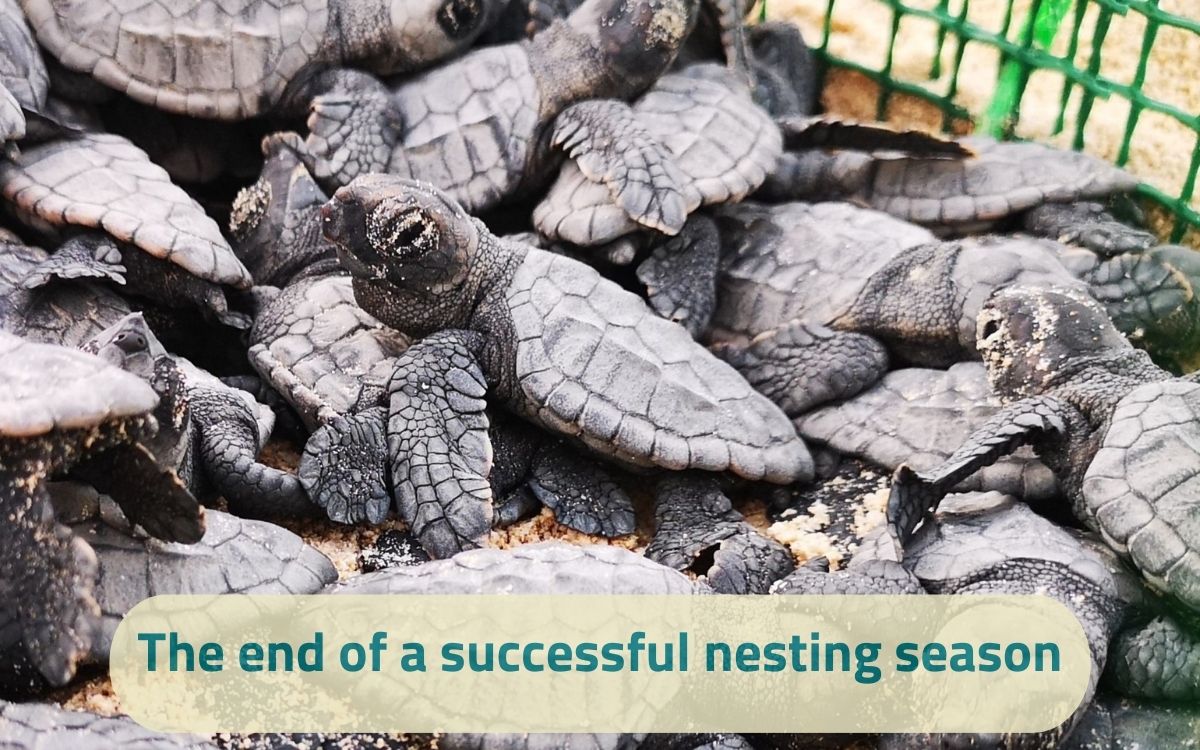Dear friends of Turtle Foundation,
once again this year, we would like to use the last newsletter to present you with the results of the loggerhead sea turtle nesting season on Boa Vista, which has now come to an end. In fact, we can look back on an extremely pleasing result, which gives us hope for the recovery of the endangered population.
Between June and October, we counted a total of 10,461 nests on the beaches we protect on the Cape Verdean island. This is well above the average figures for the last ten years – excluding the two record years 2020/21. We see this upward trend as a signal that we are on the right track with our measures. The particularly low number of nesting females killed – two individuals – that we discovered this year, also confirms this assumption. May we be able to report many more successful years of this kind from Fundação Tartaruga with the active support of international volunteers.
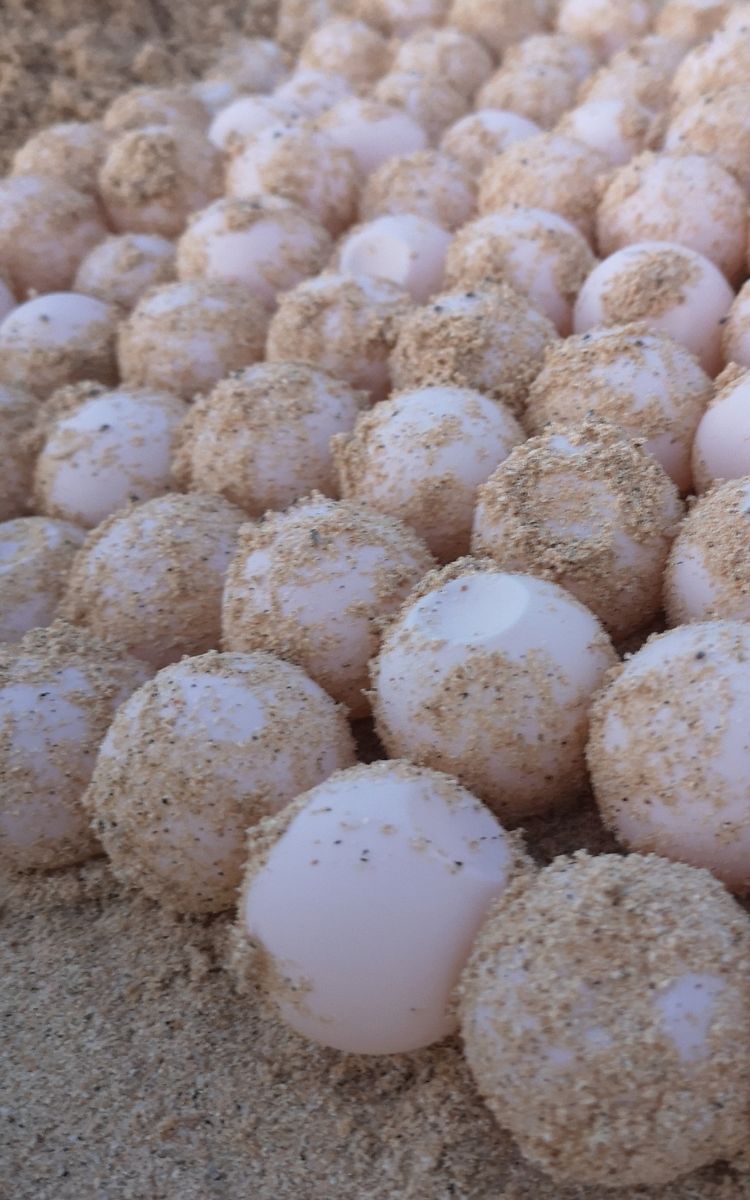
Leatherback sea turtles – one nesting beach, four villages
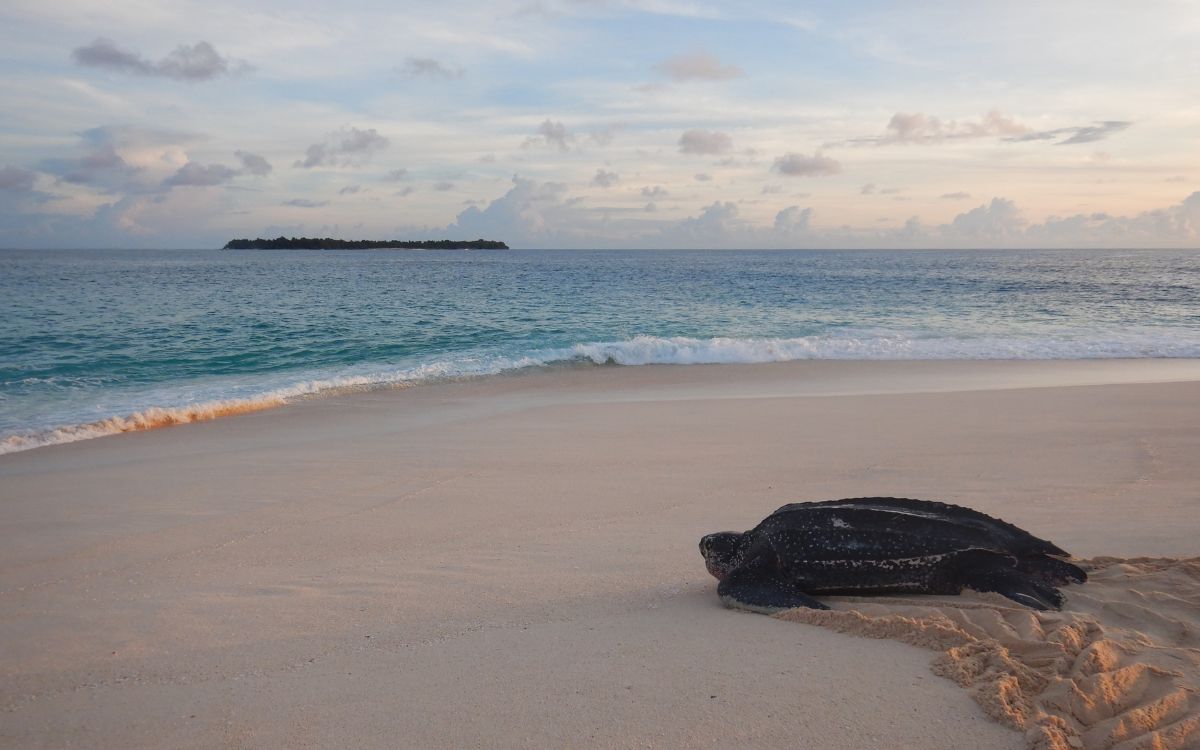
The Indonesian province of Aceh on the island of Sumatra is still remembered by many as the scene of the devastating tsunami of 2004. What is far less well-known is that Aceh is also an important nesting area for the majestic leatherback turtle. Since 2017, we have made repeated explorations and site visits to identify the most important nesting beaches in the region. As the turtles on all nesting beaches are threatened by egg theft and poaching, we have subsequently set up programmes on the islands of Sipora (West Sumatra) and Selaut Besar (Aceh) to protect the nests and collect data.
We launched our project on the uninhabited island of Selaut Besar – which in turn is located off the next largest island of Simeulue – in partnership with the local NGO EcosystemImpact in January 2021. We were aware that leatherback turtles also nest on Simeulue itself, but the situation there is complicated and offers a lot of potential for conflict. Mainly because a road runs directly behind the 5 kilometre long beach, which is bordered by four villages. After almost three years of persuasion, we have now reached agreements with all four villages that the nests will no longer be collected and sold, but instead be relocated to protected sections of the beach by some of the villagers who we have trained.
Even if we cannot yet expect the nesting season which has just begun to run smoothly, this is an important first step towards extending the protection measures.
We have put an important topic on the agenda
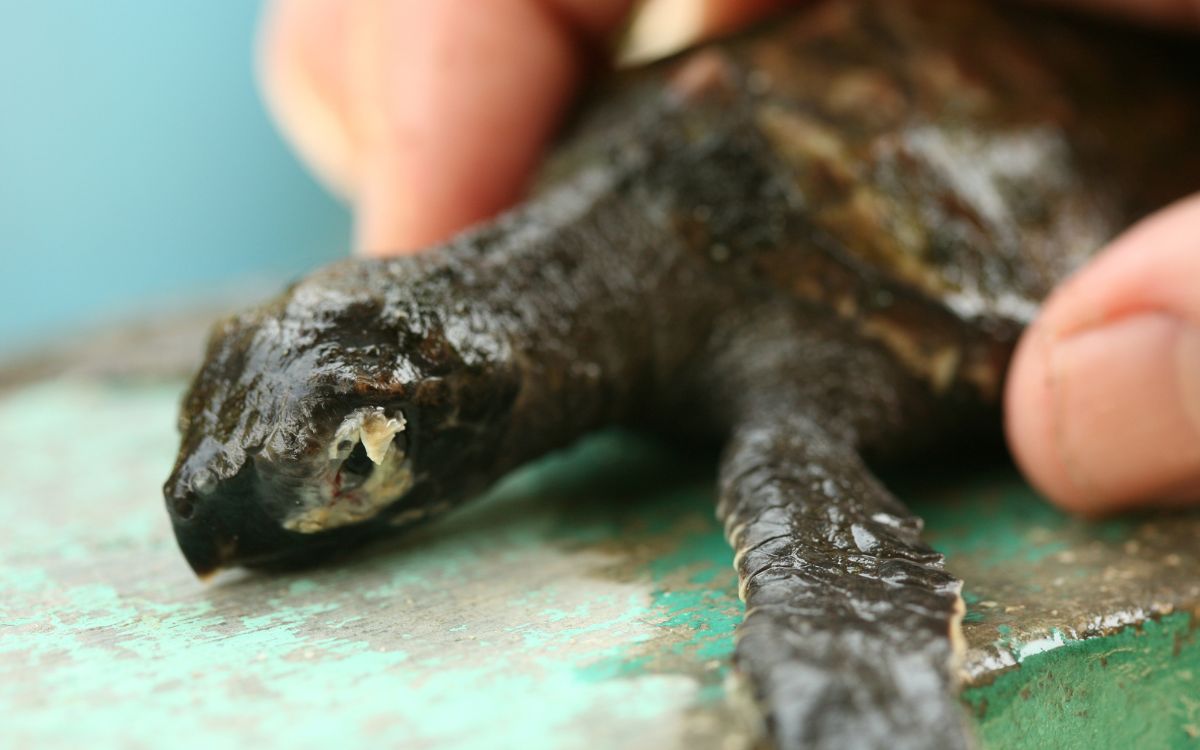
We have already positioned ourselves several times on the apparent improvement of protection measures for endangered sea turtles by means of so-called “breeding centres”. Newly hatched sea turtles must be released into the sea as quickly as possible in order to follow their natural life cycle. Keeping them in captivity does not serve to protect the species, but brings with it many problems, such as the spread of infectious diseases. Unfortunately, such facilities are still common practice in many places in Indonesia and are often even operated with official authorisation. We therefore see it as our task to educate and persuade government decision-makers in this area.
In June of this year, we made our position clear at the Indonesian Sea Turtle Symposium in Jakarta. Fortunately, our assessment was included in the final statement of the conference. We see this as a milestone and hope to see a paradigm shift in this controversial topic in the near future. Our aim is to convince decision-making bodies such as the Indonesian Ministry of Marine Affairs that breeding stations will no longer be recognised as a method of turtle conservation in the future.
Sharpening our focus: plastic is everywhere
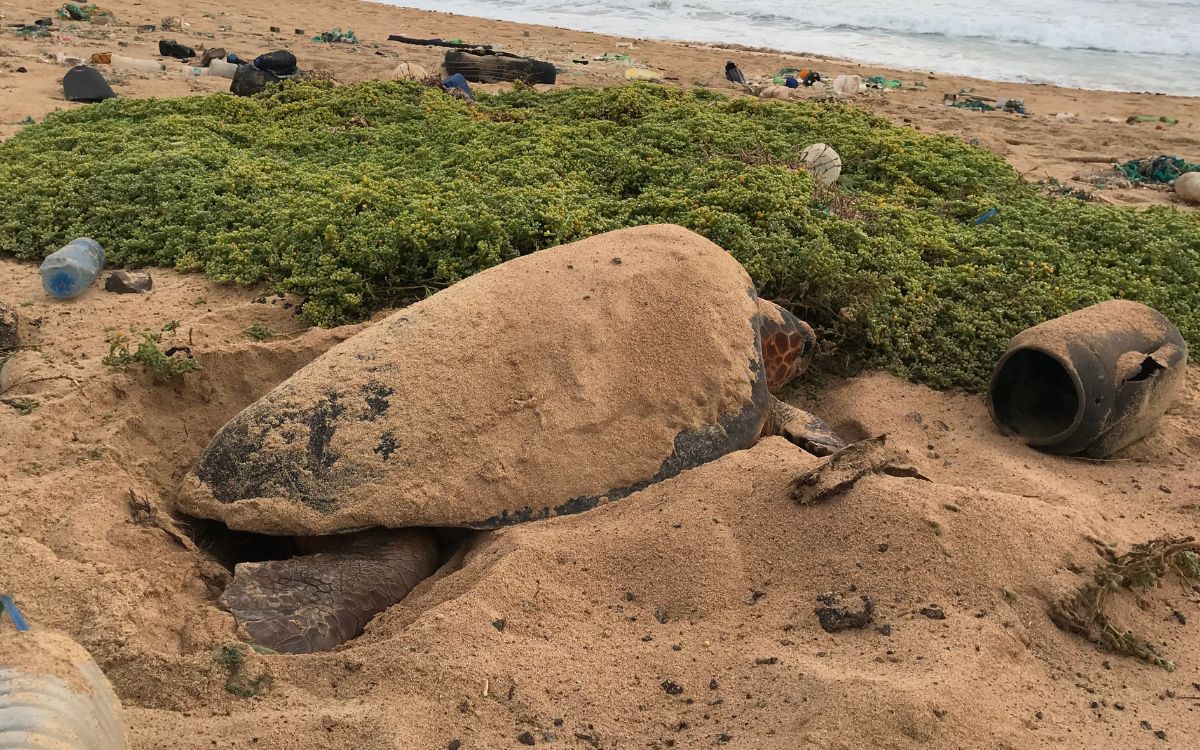
Poaching, destructive coastal developments and climate change – these are all issues that we deal with on a daily basis to preserve the last populations of sea turtles. But in recent years, another issue has made it to the forefront of the threat scenarios for our beloved marine reptiles: plastic. And with it, its ineradicable presence. On nesting beaches, in the stomachs of sea creatures, as flotsam in the open sea – plastic waste poses a deadly threat to sea turtles at every stage of their lives. This nesting season alone, with the support of our volunteers and the local population, we removed over 17 tonnes of waste from the nesting beaches.
We will continue to focus on the issue of plastic pollution next year. In addition to educational work and beach cleaning campaigns, we are planning an upcycling project on Boa Vista to make topics such as waste avoidance and recycling even more tangible. We will be happy to tell you more about this in the course of the next Turtle Foundation publications … stay tuned!


